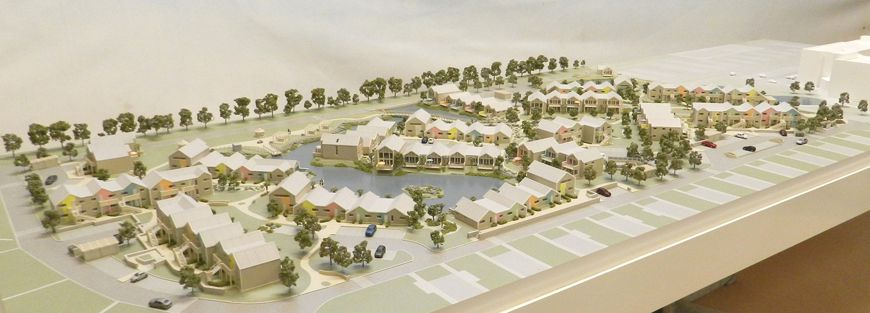Introduction: Architectural model making is a critical aspect of the architectural design process, providing architects, designers, clients, and other stakeholders with a tangible representation of a proposed building or structure. By creating a physical or digital model, architects can better communicate their design intent, test ideas, and resolve potential issues. In this article, we will explore the various purposes of architectural model making and how it contributes to the success of architectural projects.
- Design Development: One of the primary uses of architectural models is to aid in the design development process. By creating a three-dimensional representation of their ideas, architects can better visualize and refine their designs, identifying potential issues and opportunities for improvement. Models allow architects to explore different design options, material choices, and structural systems, enabling them to make more informed decisions and ultimately create better buildings.
- Communication and Presentation: Architectural models serve as an effective communication tool, helping architects and designers convey their ideas to clients, stakeholders, and other members of the project team. A well-crafted model can help clients and stakeholders better understand the project’s scale, context, and spatial relationships, leading to more informed decision-making and project approvals. Models can also be used in marketing and promotional materials, helping to generate interest and investment in a project.
- Collaboration and Coordination: Architectural model making facilitates collaboration and coordination among the various disciplines involved in a project. By creating a shared understanding of the design, architects, engineers, and other consultants can work together more effectively, identifying potential conflicts and synergies between their respective disciplines. This collaborative approach can lead to more efficient and cost-effective solutions, ultimately resulting in a more successful project.
- Evaluation and Analysis: Architectural models can be used to evaluate and analyze various aspects of a building’s performance, such as energy efficiency, structural integrity, and environmental impact. By creating detailed models, architects can simulate various conditions and scenarios, testing the building’s performance under different circumstances. This analysis can inform design decisions and help to optimize the building’s performance, ensuring that it meets or exceeds established sustainability and performance standards.
- Public Engagement and Education: Architectural models can be an essential tool for engaging the public and fostering a better understanding of architecture and the built environment. By presenting models in public exhibitions, architects can help to demystify the design process and encourage dialogue and discussion about the role of architecture in society. Models can also be used in educational settings, helping students develop a better understanding of architectural principles and techniques.
Conclusion: Architectural model making serves a variety of purposes, contributing to the development, communication, collaboration, evaluation, and education of architectural projects. By creating physical or digital representations of their designs, architects can more effectively convey their ideas, resolve potential issues, and create better buildings. Whether used for design development, communication, or public engagement, architectural models play a vital role in the success of architectural projects and the advancement of the profession.





